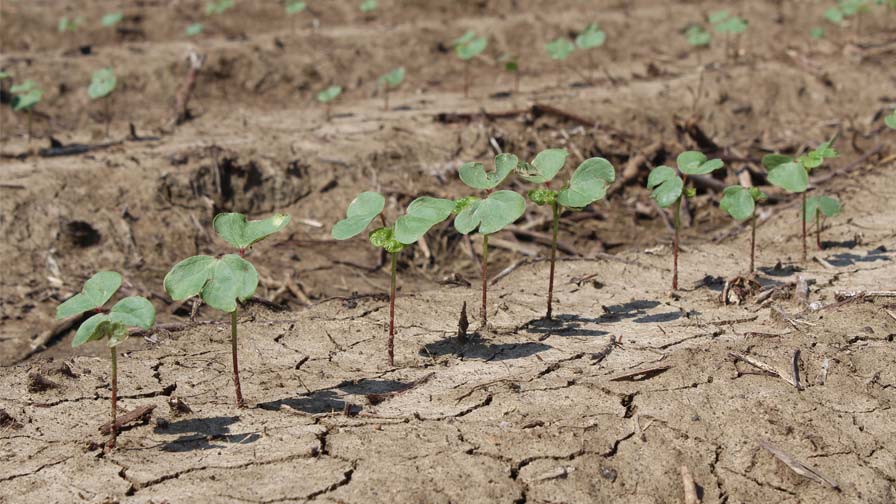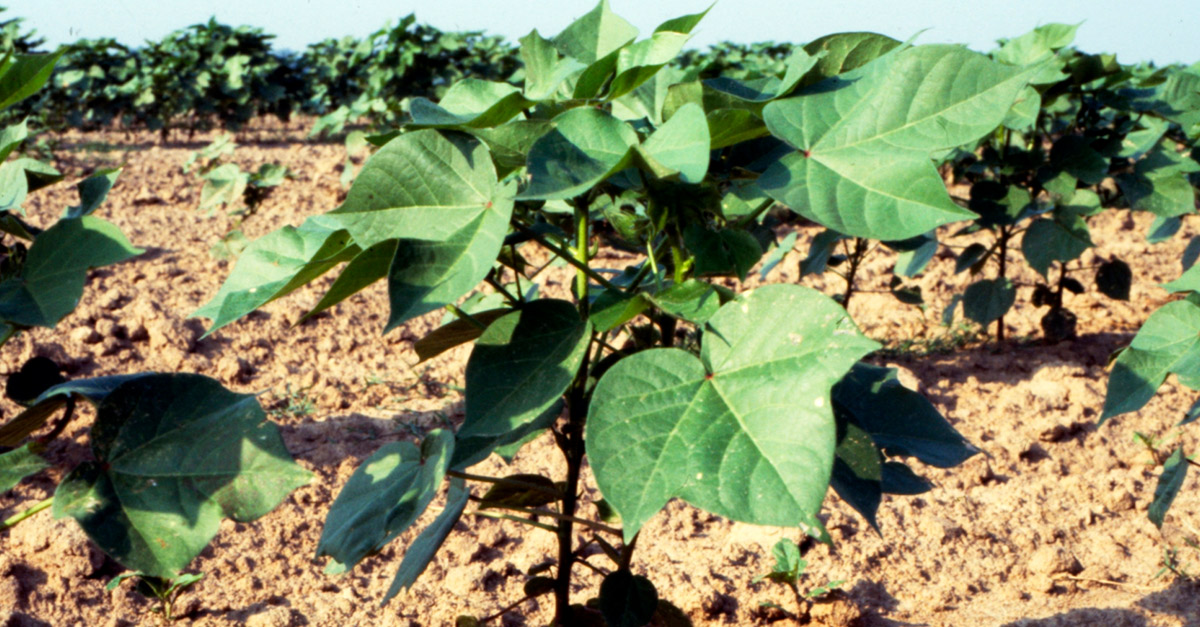Cleveland: Market Watching West Texas Weather
Cotton prices for the 2023-24 and the 2024-25 marketing seasons appear to be headed higher, but that discussion will keep for now. Some continue to feel that the old crop July contract can eclipse the 150-160 cent level, and it may. After all, the on-call sales versus on-call purchases ratio is “seemingly” bullish.
However, now that the July 2022 futures contract is less than a month prior to the beginning of its expiry trading and that July 2022 futures is the final trading month of the 2021 crop year production, it is likely that a good volume of the on-call sales is now accounted for in the options ring. That is, the 10 to 1 on-call ratio is probably well less than that.
Thus, last week’s question – “Is it over?” – is still on the table. We should not be surprised to see the July attempt to spike higher, but the May 26 price low opened the door for more bearish trading. July trading will be very erratic and seemingly irrational, but this is the futures market. It’s time to let the merchants have the contract. It’s a game for only the deepest of the deep pockets now. July can settle into the 130s just as easy as it can spike into the high 150s, but I am thinking the lower end will prevail sooner rather than later.
Yet, as has been the case for the past three weeks, the new crop December contract, while under pressure all week, continues to be a contract month with very bullish price potential. Certainly, a challenge of the 135-cent level in December is still on the table, although the market was under pressure most of the past week. Likely the pressure was associated with the pressure on the old crop July contract along with the market’s awareness that the U.S. economy continues to falter.
The first formal peg in the official pronouncement of a recession in the U.S. was punched in at mid-week. Unofficial data continues to suggest the current month and the coming month will christen the market damaging news. Yet, for now, December futures remains in a bullish mode.
The Southern Plains did receive some very beneficial moisture. Yet, the moisture tables suggest only one quarter to one half of the cotton acreage received moisture. Some moisture was excellent, to even better. Some was only somewhat beneficial. Yet, probably more than half of the very important dryland acreage remains bone dry, and another sizeable acreage received less than enough moisture to be considered helpful to cotton production. Abandonment will be widespread without widespread moisture by the time the ink is very dry on this edition of the newsletter. Yet, I should note that next week’s weather forecast looks promising. Should the forecast prove accurate, then December could stand to lose another five cents with pressure down to 116 cents.
Nevertheless, cotton prices, as well as grain and oilseed prices, should remain at the current “relatively” high levels as economic forces around the world keep pressure on prices. Coupled with the inflation generated by the shortage of crude oil, the associated fertilizer and energy prices are expected to be a long-term problem globally. The Russian invasion of Ukraine came amid a food shortage, and the world is now on the verge of experiencing food lines around the globe. (No predictions here, but most never realized that the Arab Spring was set ablaze due to a wheat shortage – bread lines).
Cotton prices must remain competitive with grains/oilseeds to bid for planted area. Too, the only surplus of cotton, if that, is in China. Cotton is in short supply as are oilseeds and grains. Thus, December 2023 contract is expected to move cotton above the 100-cent mark. Given the battle for planted acreage between cotton and grains/oilseeds, cotton prices projected out to December 2025 should also be expected to trade at the dollar level.
Export sales continue slow as mills complain about prices. Yet, it is noted that India, Bangladesh, and Pakistan continue to bid more aggressively for near-term cotton delivery than most other countries. Net sales of upland for the week were only 37,000 bales, with India taking half of that. Shipments of upland on the week totaled 318,500 bales, with Pima shipments totaling 5,500 bales. China continues as the primary destination for upland followed by Turkey, Vietnam, Pakistan, and India.
Mills were very aggressive buyers of futures (price fixations) according to the most recent data. It is expected that they priced as many as 15,000 or more contracts in the past week (1.5+ million bales). If so, then a spike in July futures will likely fall short of 150 cents and the contract price will gradually drop back into the 130s. December will continue to watch the rainfall metrics but is a very well supported market near the 115-cent level.
Give a gift of cotton today.








